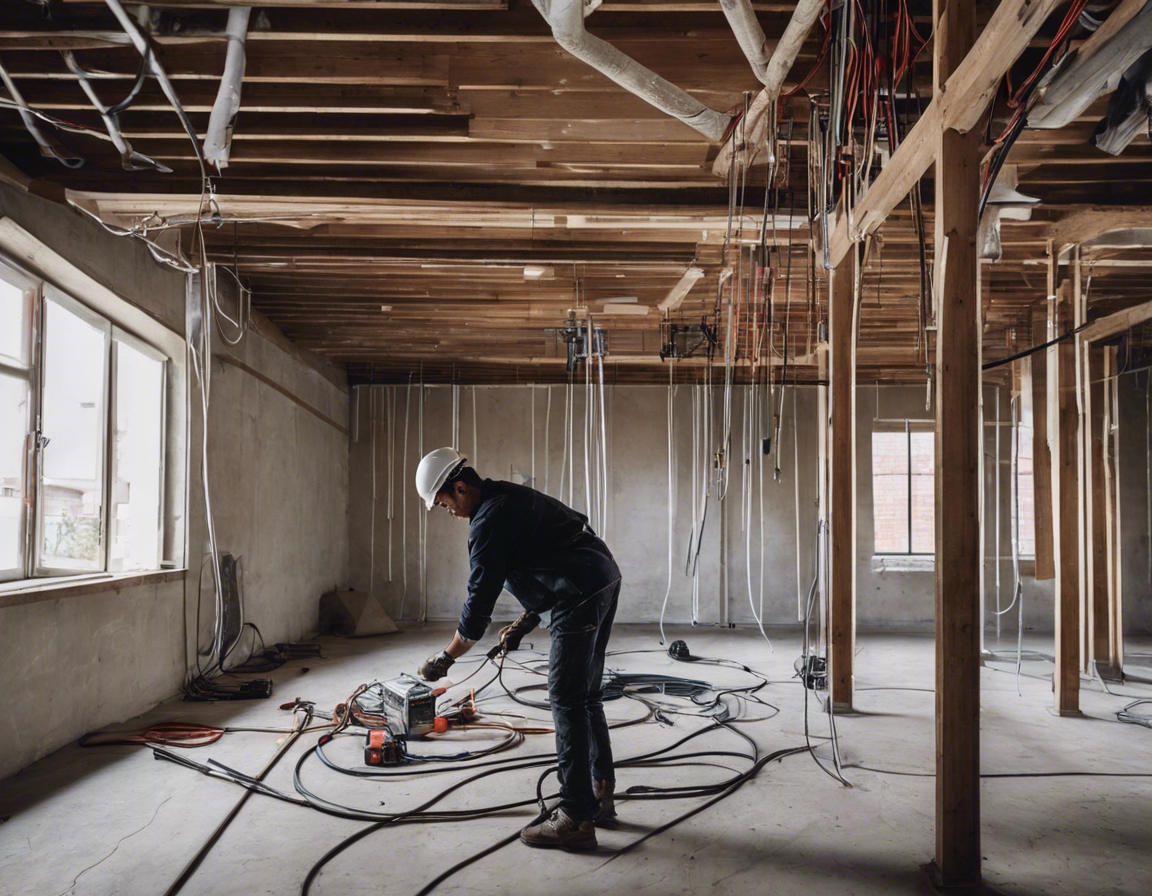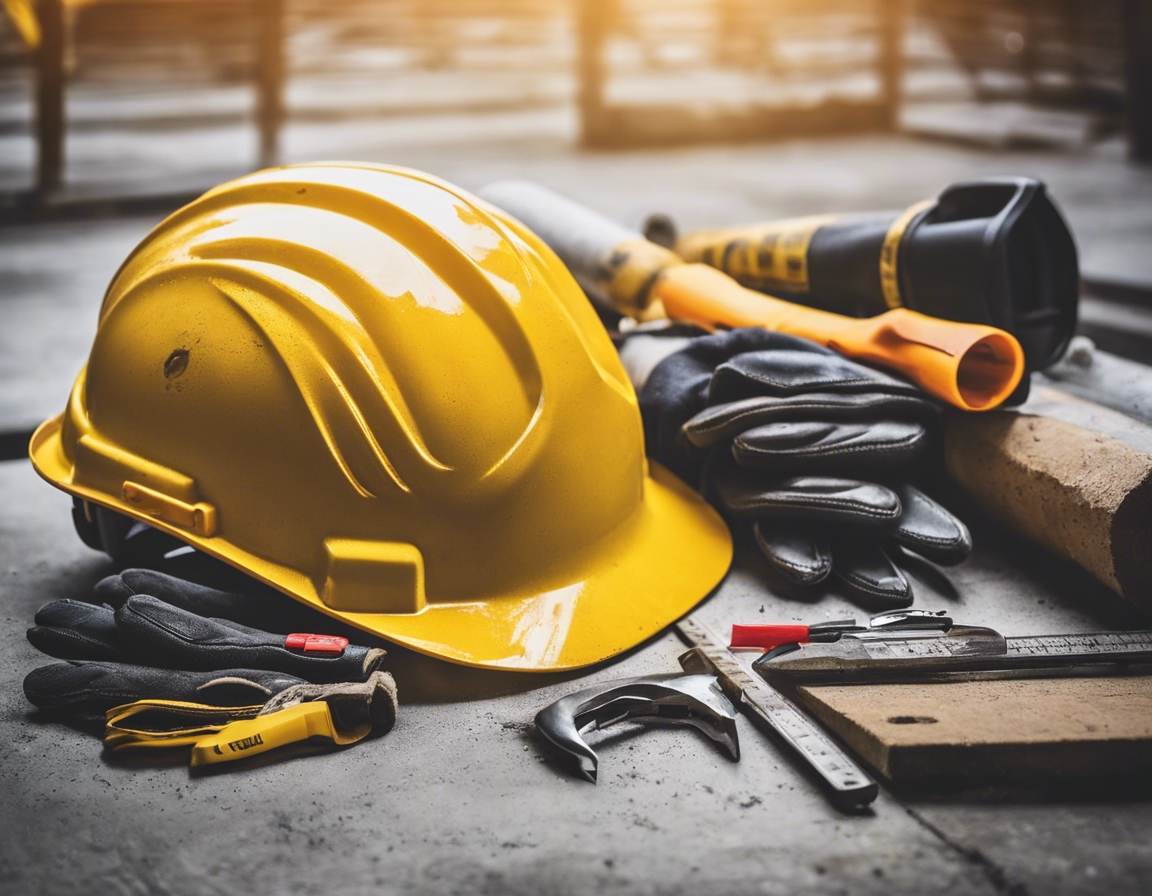5 trends shaping the future of construction
The construction industry is on the cusp of a transformation, driven by a combination of technological advancements, environmental concerns, and evolving work practices. As we look to the future, several key trends are emerging that promise to reshape the way we build. In this post, we will explore five significant trends that are setting the direction for the future of construction.
1. Sustainable and Green Building Practices
With a growing emphasis on sustainability, the construction industry is increasingly turning to renewable materials and striving for energy efficiency in new builds. The use of sustainable materials not only reduces the environmental impact but also can lead to long-term cost savings.
Green certifications, such as LEED and BREEAM, are becoming more prevalent, setting the standard for environmentally responsible construction practices and helping to drive the industry towards more sustainable solutions.
2. Technological Integration and Innovation
Building Information Modeling (BIM) is revolutionizing the planning, design, and management of construction projects. BIM facilitates better collaboration among stakeholders and can lead to more accurate planning and a reduction in delays and costs.
The adoption of automation and robotics in construction is improving efficiency and precision, while also addressing the issue of labor shortages in the industry.
3. Advanced Materials and Construction Methods
Materials science is making significant strides with the development of advanced materials like self-healing concrete, which promises to increase the longevity and durability of structures.
Modular and prefabricated construction methods are gaining traction as they offer the benefits of reduced construction time, less waste, and potential cost savings.
4. Focus on Safety and Well-being
The industry is adopting enhanced safety protocols to protect workers, including the use of wearables and other technology to monitor health and safety conditions on site.
There is an increasing focus on designing buildings that promote the well-being of occupants, with considerations for natural light, air quality, and other factors that contribute to a healthy living and working environment.
5. Collaborative Project Delivery Models
Integrated Project Delivery (IPD) is a project delivery method that integrates people, systems, business structures, and practices into a process that collaboratively harnesses the talents and insights of all participants to optimize project results.
Public-Private Partnerships (PPPs) are becoming more common as a way to fund and manage large-scale construction projects, combining the strengths of both the public and private sectors.






Comments (0)